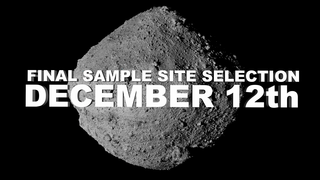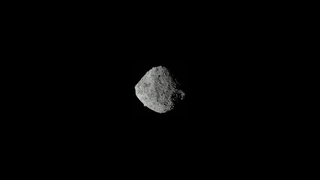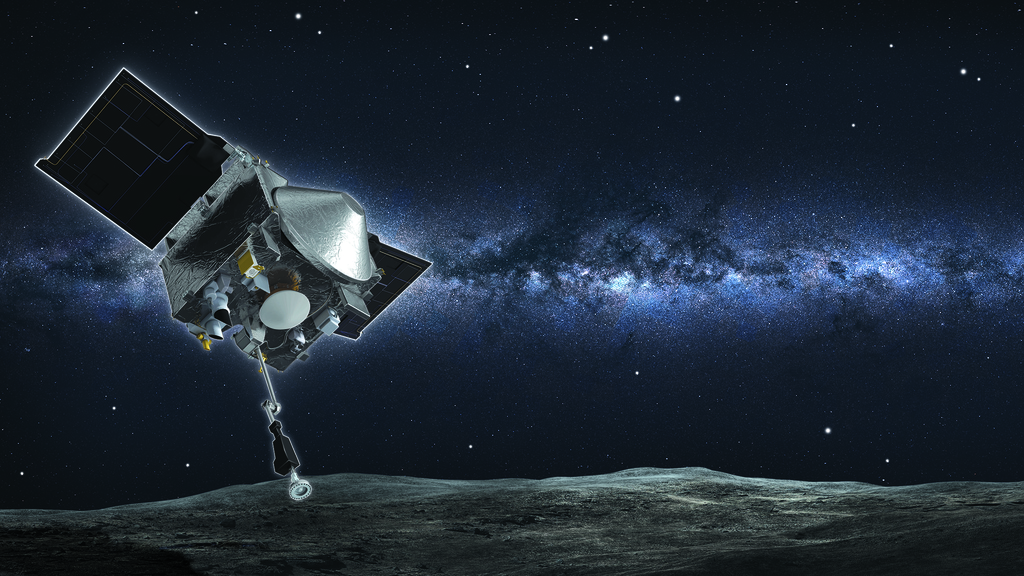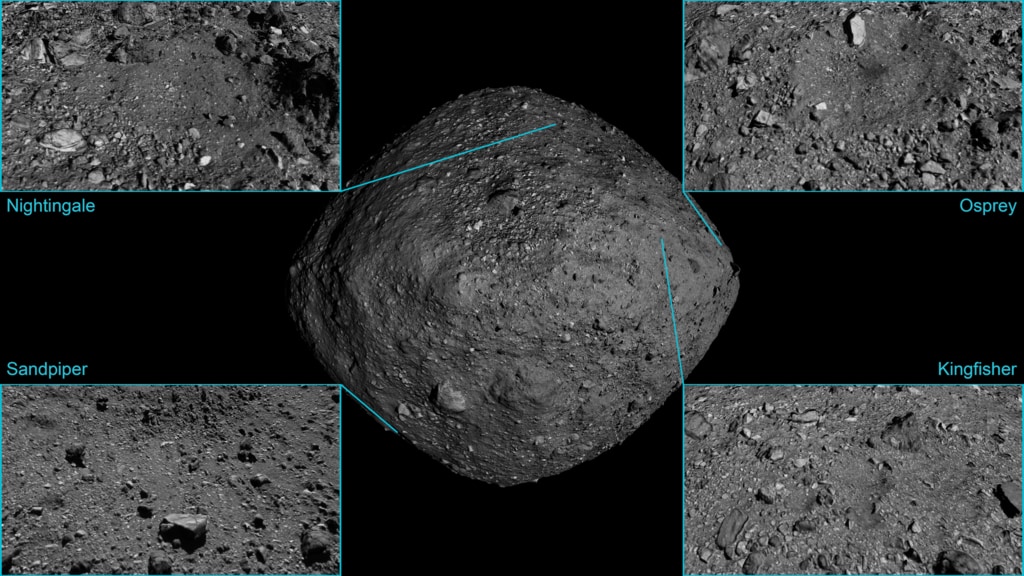OSIRIS-REx: X Marks the Spot - 2019 AGU Press Conference

Close-up images of the OSIRIS-REx sample site candidates on asteroid Bennu.
Credit: NASA/Goddard/University of Arizona
NASA’s OSIRIS-REx mission announced its primary and backup sample collection sites on asteroid Bennu, at a press conference hosted during AGU’s Fall Meeting at 2 p.m. ET, Thursday, Dec. 12.
The Origins, Spectral Interpretation, Resource Identification, Security-Regolith Explorer (OSIRIS-REx) spacecraft launched on Sept. 8, 2016, and arrived at asteroid Bennu on Dec. 3, 2018. In mid-2020, it will briefly touch down on Bennu’s surface and collect a sample for return to Earth in late 2023.
The mission represents a valuable opportunity to learn more about the origins of our solar system, the sources of water and organic molecules on Earth, and the hazards and resources in near-Earth space.
The briefing participants are:
Lori Glaze, director of planetary science for NASA's Science Mission Directorate at NASA Headquarters
Dante Lauretta, OSIRIS-REx principal investigator at the University of Arizona, Tucson
Dani DellaGiustina, OSIRIS-REx image processing lead scientist at the University of Arizona, Tucson
Mike Moreau, OSIRIS-REx deputy project manager at NASA Goddard Space Flight Center
For more information, go to nasa.gov/osirisrex or asteroidmission.org

- Glaze - Common Themes for Small Bodies Research
Credit: NASA-HQ

- Glaze - Bennu global mosaic and sample site candidates
Credit: NASA/Goddard/University of Arizona

- Lauretta - Bennu global mosaic and sample site candidates (ibid)
Credit: NASA/Goddard/University of Arizona

- Lauretta - Bennu sample site candidate close-ups
Credit: NASA/Goddard/University of Arizona

- Lauretta - The OSIRIS-REx primary sample site, Nightingale
Credit: NASA/Goddard/University of Arizona

- Lauretta - The OSIRIS-REx primary sample site, Nightingale. The center of the site is marked with an X, and a silhouette of the spacecraft is added for scale.
Credit: NASA/Goddard/University of Arizona
- Lauretta - 3D flyover animation of the OSIRIS-REx primary sample site, Nightingale
Credit: NASA/Goddard/University of Arizona/CSA/York University/MDA

- Lauretta - The OSIRIS-REx backup sample site, Osprey
Credit: NASA/Goddard/University of Arizona

- Lauretta - The OSIRIS-REx backup sample site, Osprey. The center of the site is marked with an X, and a silhouette of the spacecraft is added for scale.
Credit: NASA/Goddard/University of Arizona
- Lauretta - 3D flyover animation of the OSIRIS-REx backup sample site, Osprey
Credit: NASA/Goddard/University of Arizona/CSA/York University/MDA

- DellaGiustina - Bennu global image mosaic
Credit: NASA/Goddard/University of Arizona

- DellaGiustina - Bennu global image mosaic, with primary and backup sample sites labeled
Credit: NASA/Goddard/University of Arizona

- DellaGiustina - The OSIRIS-REx primary and backup sample sites
Credit: NASA/Goddard/University of Arizona

- DellaGiustina - The "sampleability" map for Sites Nightingale and Osprey, showing the location of sampleable material at each site. Blue regions correspond to high sampleability, while red regions correspond to low sampleability.
Credit: NASA/Goddard/University of Arizona
- Moreau - Animation of OSIRIS-REx collecting a sample of Bennu
Credit: NASA's Goddard Space Flight Center

- Moreau - Size comparison of the planned sample collection safe zone before arriving at Bennu (orange), and after arriving at Bennu (blue). The safe zone for Site Nightingale is no wider than a few parking spaces.
Credit: NASA/Goddard/University of Arizona

- Moreau - This image shows sample site Nightingale overlaid with a simplified hazard map. The OSIRIS-REx spacecraft uses this map to autonomously detect surface hazards, such as boulders or rocks, while it descends to collect a sample. The green illustrates areas that are free of hazards, and means the spacecraft will continue to the surface. Yellow demonstrates cautionary areas, and red areas contain the most hazards. If the spacecraft predicts it will touch either a yellow or red area, it will stop its descent and back away.
Credit: NASA/Goddard/University of Arizona

- Moreau - OSIRIS-REx Sample Acquisition Campaign schedule
Credit: NASA/Goddard/University of Arizona
Data visualization of asteroid Bennu and the OSIRIS-REx sample site candidates.
Credit: NASA/Goddard/University of Arizona/CSA/York University/MDA
For More Information
See the following sources:
Credits
Please give credit for this item to:
NASA's Goddard Space Flight Center
-
Graphics
- Heather Roper (The University of Arizona)
-
Producer
- Dan Gallagher (USRA)
-
Data visualizer
-
Kel Elkins
(USRA)
-
Kel Elkins
(USRA)
-
Animators
- Walt Feimer (KBR Wyle Services, LLC)
- Michael Lentz (USRA)
-
Communications lead
- Erin Morton (The University of Arizona)
- Nancy Neal-Jones (NASA/GSFC)
-
Presenters
- Lori S. Glaze (NASA/HQ Planetary Science)
- Dante Lauretta (The University of Arizona)
- Daniella DellaGiustina (The University of Arizona/LPL)
- Michael Moreau (NASA/GSFC)
-
Technical support
- Aaron E. Lepsch (ADNET Systems, Inc.)
Missions
This page is related to the following missions:Release date
This page was originally published on Thursday, December 12, 2019.
This page was last updated on Wednesday, May 3, 2023 at 1:45 PM EDT.
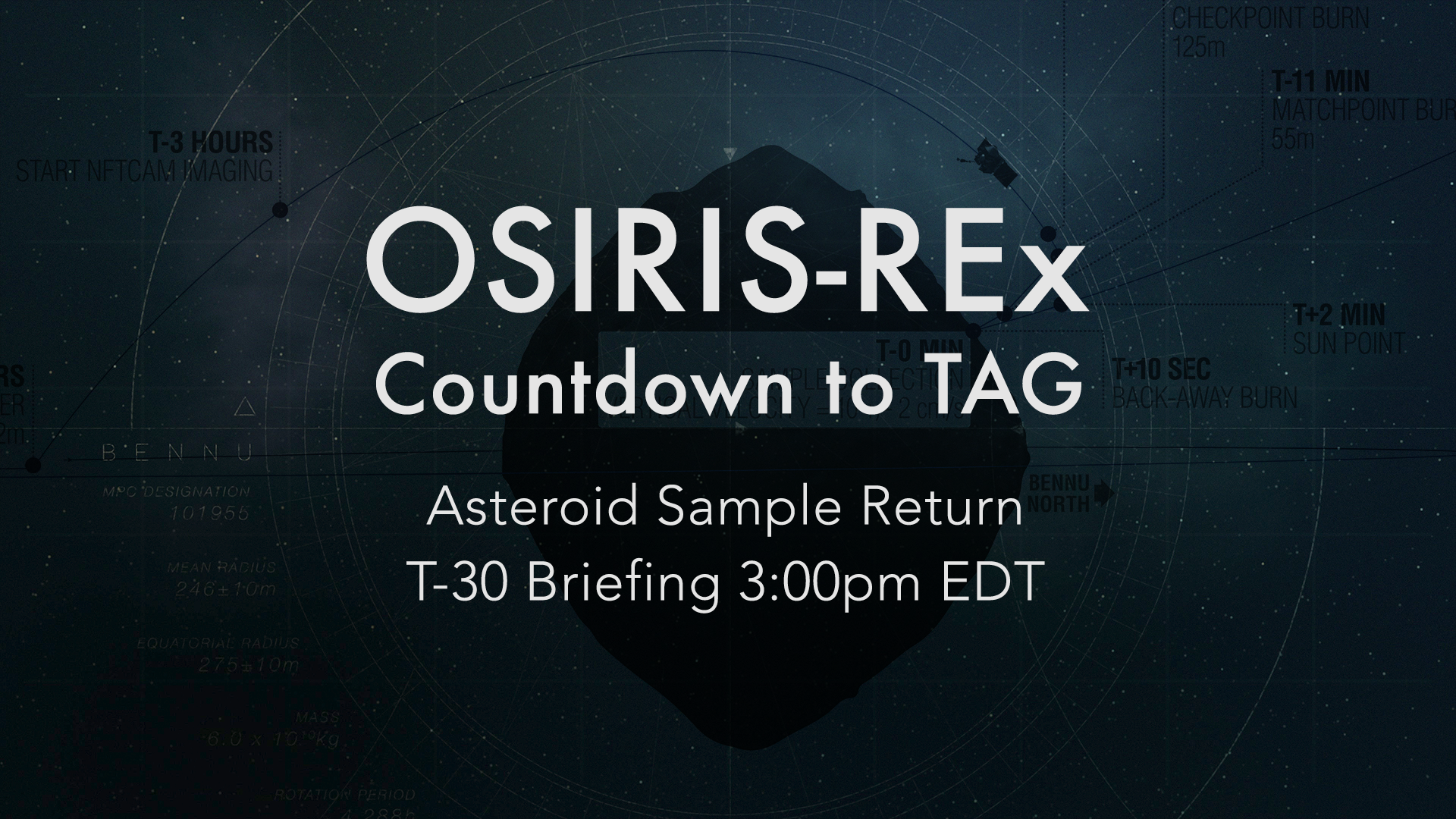
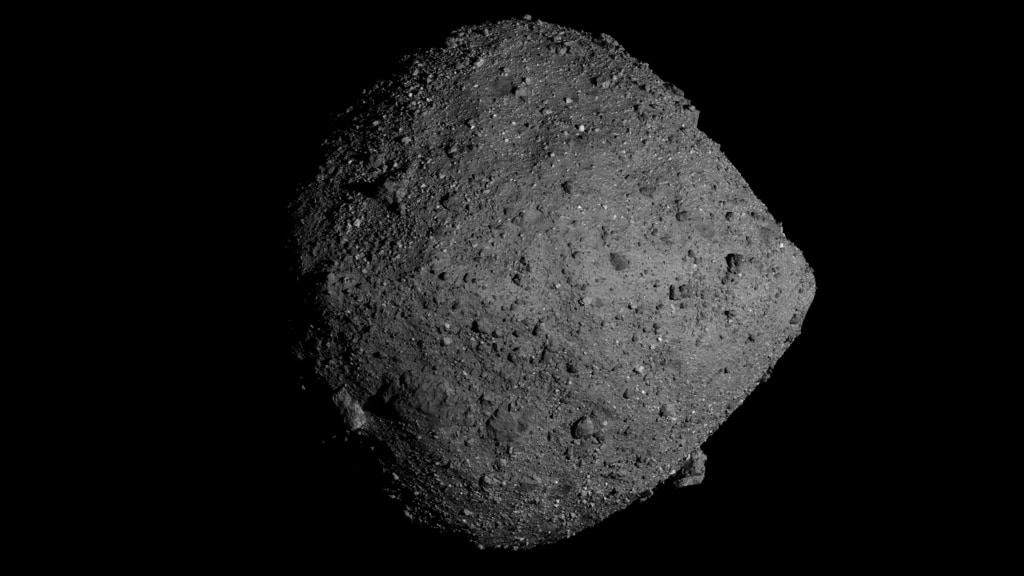
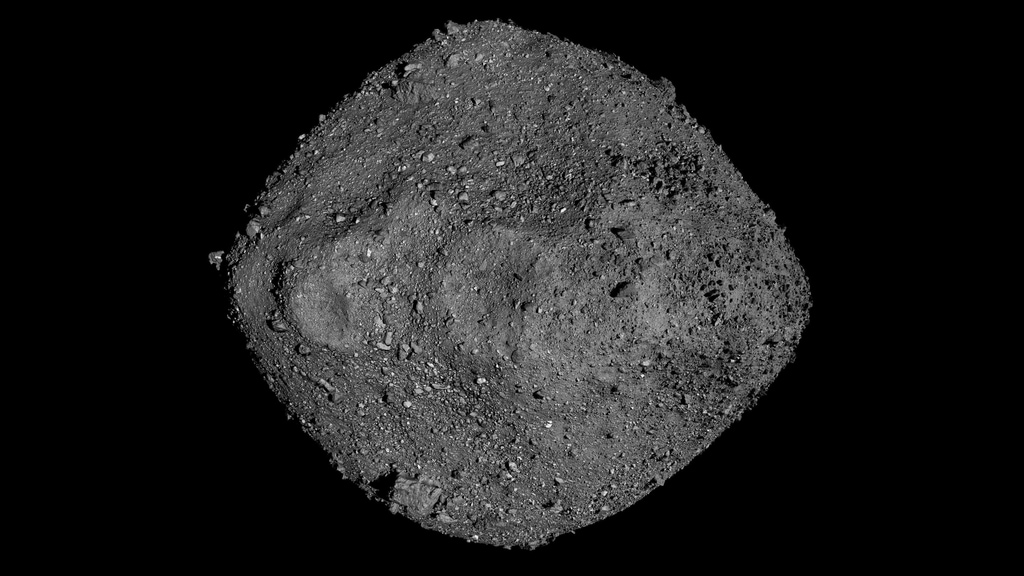
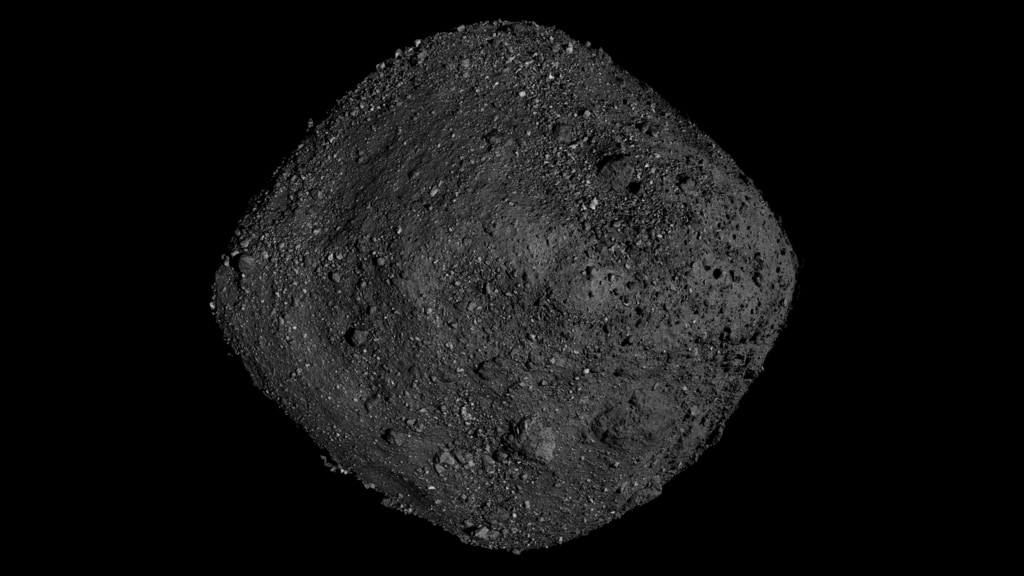
![NASA Science Live: OSIRIS-REx - X Marks the Spot [Episode 13]Air Date: December, 12, 2019Watch this video on the ScienceAtNASA YouTube channel.](/vis/a010000/a013500/a013504/NSL_ep13_still_print.jpg)
